Week 27 –Drawing as a Means of Learning; Comings and Goings at the American Academy
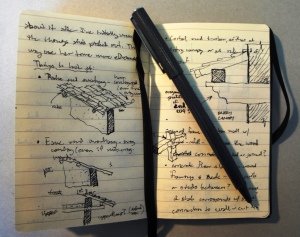
One of my small notebooks.
Some time ago, Architect Robert Bateman posted a question to my blog asking about my methodology of studying buildings in the field, and whether I prefer hand sketches, measured drawings, or photographs. I posted a short answer, but I promised to write more on this topic at a later date – so, here we go…

My drawing table in my studio at the American Academy.
In my work at Simpson Gumpertz & Heger (SGH), I usually have the benefit of being able to direct a contractor to take cores or make exploratory openings in the building for me, to enable me to examine and sample normally concealed materials and details of construction (e.g., within the walls). Here in Rome that isn’t the case – I’m not about to ask (and I certainly would not get) permission to make holes in 1,000 year old buildings! Additionally, I don’t have access to the vast array of the fancy equipment, like boroscopes and ground penetrating radar, that I have available to me at SGH.
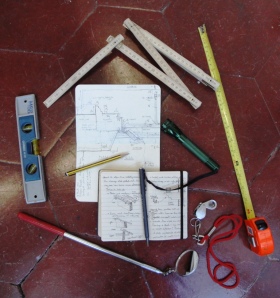
My typical investigative tools here in Rome.
Thus, in my research here in Rome, I’m more reliant on purely visual observation than in my work back in the States. But in a way, it’s a good exercise for me in observation. One of my colleagues at SGH has often said, and I agree, that despite all the fancy gizmos we have, your eyes are still the best investigative tool you have. My small kit of tools that I take with me to sites here in Rome is limited to things to help me see, and to measure what I see – things like a tape measure, flashlight, mirror, magnifying glass, etc. Here, I simply don’t carry the tools for making openings or taking samples (e.g. knife, chisel, hammer) that I would keep in my tool bag back in the States.

Photo of the sill and sub-sill drainage system on the windows at Palazzo Braschi (see Week 20 post). Useful, but it doesn't tell the whole story...
Photographs are great, and I take many, but I find that drawing is really essential to the examination and investigation of buildings, not only here in Rome where my examination of buildings is purely visual, but even back in the States where I have many other tools at my disposal. One fundamental methodological difference between a taking a photograph versus making a sketch in the field is this: taking a photo doesn’t force you to ask and answer questions – one click and you’re gone. Making a sketch forces you to keep asking and answering questions as you draw – (e.g., How does this connect to that? How deeply embedded is this? What size is that?) These questions are essential to construction details, and how they perform. In asking these questions in the field, I have a chance to realize critical information that I am missing, and I can seek to find the answer while on site – perhaps looking at a different angle, with a flashlight, or peeking in a small existing opening at an area of deterioration will reveal the answer.
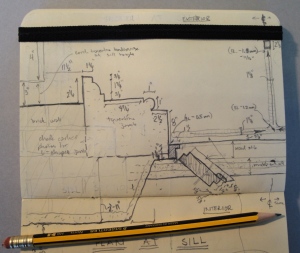
Dimensioned sketch of a window sill/jamb plan at Palazzo Braschi

Dimensioned sketch of a window sill section at Palazzo Braschi
.
.
.
.
.
.
.
.
.
.
.
.
Some architects and many students like to carry a large sketchbook – 8-1/2 x 11 inches or so – but I find that for me, portability is key, and thus smaller is better for me. I choose sketchbooks that are small enough to fit in my back pocket, so I can still have it with me at a museum or archaeological site where bags are not permitted, and so I can have my hands free whenever needed on the construction site (e.g., to climb a ladder).
Keeping the sketchbook small means it’s also easy to have it with me at all times. Thus if I am waiting for a bus or train, or riding one, I can be working-out, synthesizing, or summarizing ideas or findings, as below:

Some ideas I summarized in my sketchbook while on a train.
Being back in my studio allows me to create measured drawings from my hand sketches and measurements from the field. This allows me to create a nicer, cleaner drawing to present my findings, but it also creates a “check” of how things fit together when actually drawn to scale.
I usually start the measured drawings on inexpensive trace paper, to work all this out with some erasing and reworking, and then, once I have it worked out, I make a final drawing on some nice watercolor paper. These watercolor drawings will give me something to show at the open studios here at the American Academy on May 27 (please come if you are in Rome). But the watercolors aren’t only to make the presentation drawing pretty, but also to help convey a sense of the various materials of the construction to the viewer. For example, in the the images below, in the watercolors at right, it should be more obvious than in the trace paper drawings at left which materials are wood, terra cotta, stucco, etc.

Section of a roof eave in Trastevere, Rome
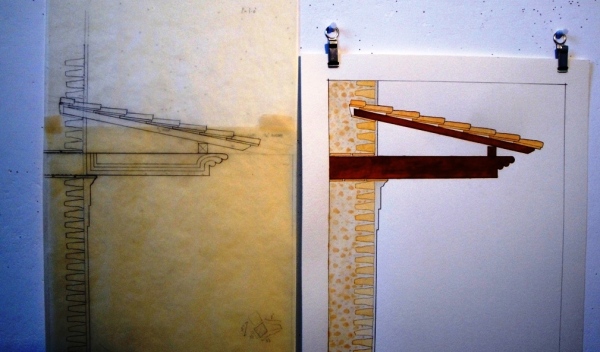
Sections of the entry roof at the Casa Del Salone Nero (house of the black living room) at Ercolano Scavi (the Herculaneum excavations)

The painter Stephen Westfall at his exhibition opening.
Throughout the year here at the Academy, we are treated to an almost constant series of events by our colleagues – gallery exhibitions by the fellows in visual artists, readings by the literature fellows, concerts by the fellows in musical composition, lectures by the historians, etc. Friday was the latest such event, the opening of a gallery exhibition by the painter Stephen Westfall. Stephen’s exhibition, which I really appreciate, includes both work on canvases, as well as large scale paintings directly on the gallery walls that he did with the help of some dedicated volunteers.
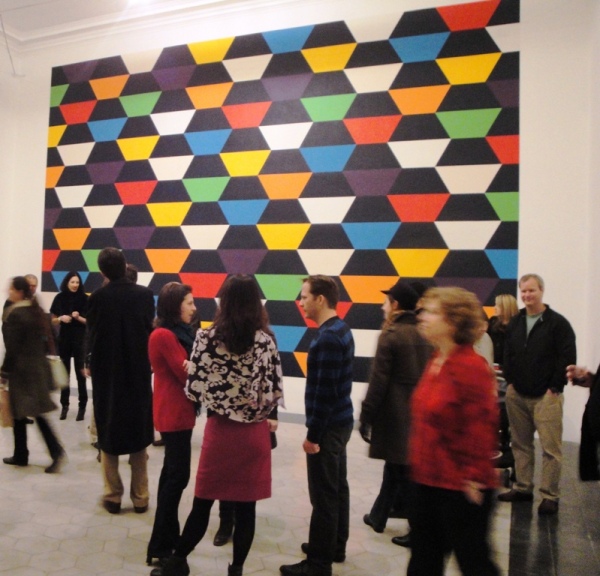
Opening of Stephen Westfall's exhibition at the American Academy in Rome, 12 March 2010.
Stephen’s exhibition followed an exhibition in that same gallery space by the Dutch Artist and Affiliated Fellow Roma Pas.
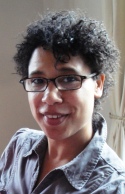
The visual artist Roma Pas
Sadly, this past Monday morning marked Roma’s departure from the America Academy to return to the Netherlands. By way of background, those at the Academy in different capacities have different lengths of stay. The Academy’s permanent Staff tend to remain in employment here for years on end. Fellows like myself are here on an 11 month term, a full academic year. Affiliated Fellows like Roma, as well as Residents, are usually here for a few months. Visiting Artists and Visiting Scholars are usually here for only a couple weeks. Thus, aside from the Staff and Fellows, the faces in the dining room at the Academy are constantly changing throughout the course of the academic year, as new artists and scholars arrive, and others depart.
One of the great joys of being here for the entire year is the friendships that we have a chance to form with those who are here for very long stays. On the other hand, it is with sadness that we mark the departure of someone who has been with us a long time, and who feels like part of our extended family, like Roma.
At a happy hour event last Sunday evening, at which we toasted Roma’s departure, several people arrived wearing those cheap tourist T-shirts (sold at the “gack” souvenir stands all over the center of Rome), that read “I Love Roma” – a funny and heartfelt salute to our departing friend Roma Pas.

One of Rome's omnipresent souvenir t-shirt stands - this one is in Campo de Fiori
Buona sera Matthew:
I’m very much enjoying your beautifully produced and informative blog. I’m especially drawn to your recent review of Moretti’s ex-Gil building. As you mention, one could easily overlook it (as I did on a daily basis while taking bus #44 or #75). During my time at AAR as a Visiting Artist and Scholar, I did however get to experience one piece of Mussolini Modern that I’ll always remember. After learning about Mussolini’s Foro Italico by architect Enrico Del Debbio in a NYTimes article, I sought it out and actually went swimming there 2-3 times a week. It’s open to the public for an admission fee of approximately 30 euro/month. Wonderful to swim among those mosaics and a pool veneered in enormous slabs of marble!
Auguri-
James